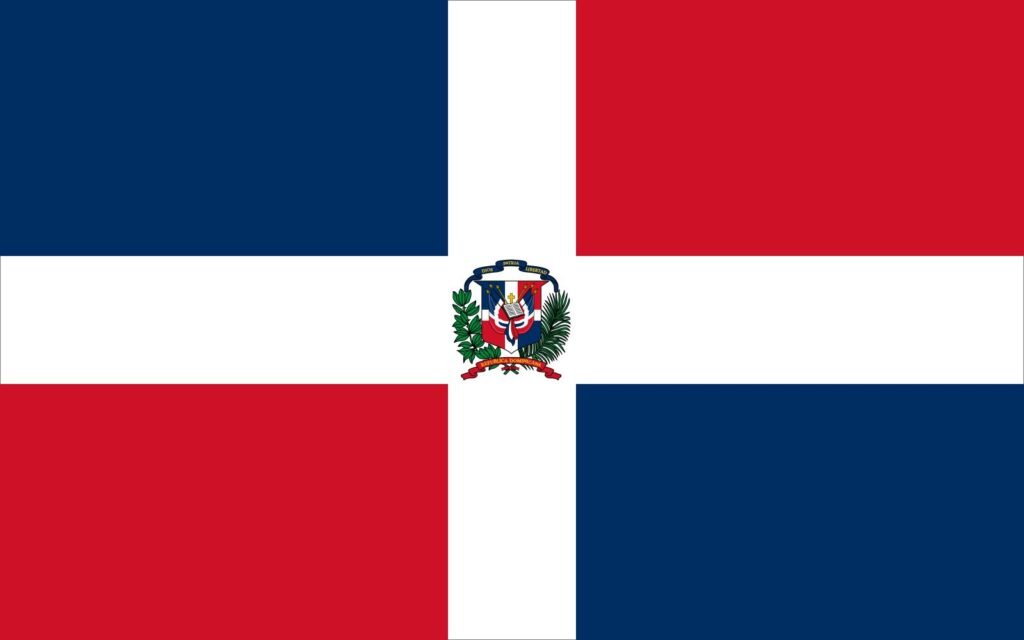Tourism, trade, finance and government services account for half of Dominica’s workforce and almost half of its GDP. Service providers are one of the more dynamic and fastest growing businesses in the country. But the government bureaucracy, the largest component of the service sector, has long been criticized for inefficiency and cronyism. It is estimated that between one-fifth and one-half of the urban workforce contributes to the informal sector of the economy, which is primarily service-oriented and includes domestic servants (also present in middle-class households). workers), gardeners, day laborers, etc. , and street vendors.
sightseeing
Tourism has become one of the most important sources of foreign exchange for the Dominican Republic, and since the mid-1980s the country has been one of the most popular tourist destinations in the Caribbean region. A favorable climate, beautiful beaches, restored Spanish colonial architecture, and relatively low prices have encouraged an increase in foreign tourism and the construction and expansion of resorts and airports on the northern, eastern, and southern coasts. I am. Additionally, a significant number of visitors took advantage of the country’s lenient divorce laws. The United States accounts for the majority of vacation travelers. A small number of participants also come from Canada, Italy, and other European countries. The main tourist destinations are La Romana, Puerto Plata, Punta Cana, and the colonial center of Santo Domingo, which was declared a World Heritage Site in 1990. As with other Caribbean countries, the downside to tourism is the need for imports. Mass production of expensive luxury goods, and additional food and drinking water, which affects the country’s balance of payments. Additionally, large amounts of garbage and sewage strain the country’s limited resources.
trade and finance
The main imports of the Dominican Republic are petroleum and petroleum products, food products (especially grains), and industrial products. The main exports are ferronickel, raw sugar, coffee, cocoa, and gold. The United States is the country’s single largest trading partner. China, Haiti, Canada, India, Mexico, Brazil, Spain and Switzerland are also important. The country has historically refused to form alliances with other countries in the Caribbean Basin, but from the late 20th century onwards, due to cultural differences and the great distances between the countries in the region, We are increasingly supporting regional trade organizations. The country’s trade balance continues to be negative.
The Santo Domingo Stock Market began operations in 1991. The country’s monetary system is controlled by the central bank, which issues the currency (Dominican pesos), maintains gold and foreign exchange reserves, and controls the exchange rate. The private banking system is well developed, with several financial institutions, loan companies and insurance agencies operating in the city centre.
transportation
Santo Domingo is the center of a transportation system that connects almost all regions of the Republic. The highways connecting the capital and the Cibao region are busy and poorly repaired, but secondary roads are in good condition. Buses and numerous private taxis are available for transportation within and between cities. Most goods are transported by truck to important market centers.
A government-owned freight railway runs through the eastern half of the Cibao Valley from La Vega to the port of Sanchez in Samaná Bay. Most of the country’s other rail lines are privately owned and serve the sugar industry in the southeast. There are no passenger services.
Major international airports are located at: Cape Caucedo, approximately 15 miles (24 km) east of Santo Domingo; Puerto Plata on the north coast. In the second half of the 20th century, new and expanded international airports were opened at the eastern tip of the island (near Cana Point), La Romana in the southeast, and Barahona in the southwest. Santiago’s second airport serves small commercial aircraft. Other airfields around the country allow the use of small commercial aircraft.
Cargo imports and exports are mainly carried out by sea. Until the 20th century, the main commercial ports were along the northern coast. Samana Bay, one of the most beautiful and largest natural harbors in the entire Caribbean Basin. However, the rise of sugar plantations in the south increased the importance of the ports of Santo Domingo, San Pedro de Macoris, and La Romana. While most general goods pass through Santo Domingo, sugar is mainly exported via the ports of San Pedro de Macoris and La Romana. The historically important ports of Monte Cristi and Sanchez in the north are currently largely non-functional. Only Puerto Plata in the north retains any commercial importance, mainly due to the tobacco, coffee, and cacao interests of the Cibao region. Barahona exports bauxite, gypsum and salt, but imports very little.

